Designer Toys 101: How do you price customs?
If you are new to this column, it is truly meant to be read from the beginning to the most recent.
Please start with the first installment, "What are Designer Toys?"
Please start with the first installment, "What are Designer Toys?"
One of the most frequently asked questions I get is "How do I price customs?" In a strange way, this is both one of the hardest and easiest queries I will ever tackle. The easy answer is that there is no magic formula and custom Designer Toys — like any piece of art — should be priced as the artist sees fit. The hard variation is that you can follow what the current marketplace will bear.
The marketplace for customs is, of course, derived from the actual sale of customs; not the pricing people ask, but the prices that are actually obtained. Assuming that the finished result is a cleanly painted piece with no additional sculpting work, most artists seem to use a formula based on: Price of the platform + $20-$30 per inch of platform's size. Thus a nicely painted 3-inch Dunny (which cost $10 in the box), tend to fetch between $70 and $100 when customized.
Of course, that number goes down if the work is inferior or overly simplistic. If I took a 3-inch Dunny and just painted it a single color then added some faux gems for eyes, I might be able to get $30 or $40 but certainly not $70. Likewise, if the paint job is insanely detailed or their has been an extensive amount of sculpting modification, then the price can be increased exponentially.
There are, of course, other value added elements to consider. For instance, hand-made accessories can dramatically affect pricing. Something simple and easy to do might knock the "base price" up about $10 while exquisite hand-tailored clothing might even double the overall value.
And, as much as people hate to hear it, the number of hours you put into the piece shouldn't be considered… the piece should be judged on the final result. A novice could spend 60 hours painting a Dunny black and doodling a face on it, but in no way can the person charge as much as someone that spent the same amount of time painting a perfect looking, highly detailed custom.
But, as I originally asserted, there is no magic formula. While this is a general outline that seems consistent for most, each artist pretty much has to determine what their buyers are willing to spend. Whether we like it or not, the name of the artist is something that is also being paid for… and those that have spent years refining their craft can generally receive more for a piece then a newbie; which, to me, is as it should be.
Next Week: What is the difference between Sofubi and Western vinyl?
.png)
_SpankyStokesBanner_231120.jpg)




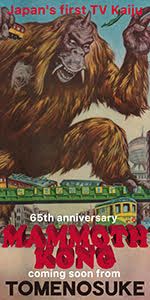
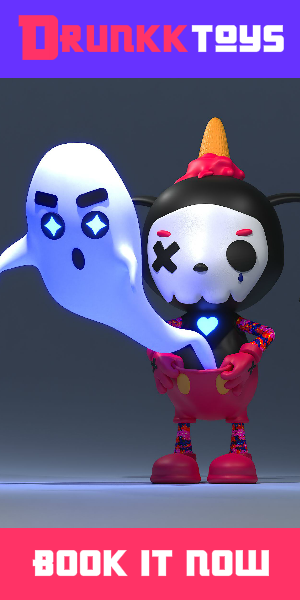










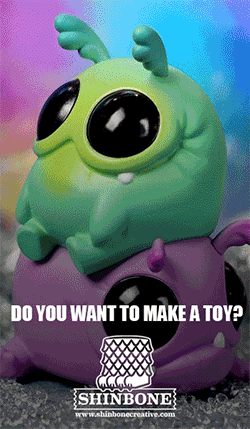


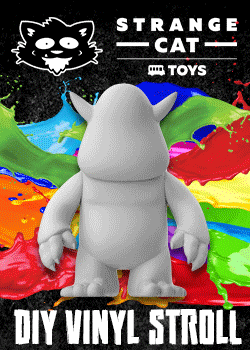



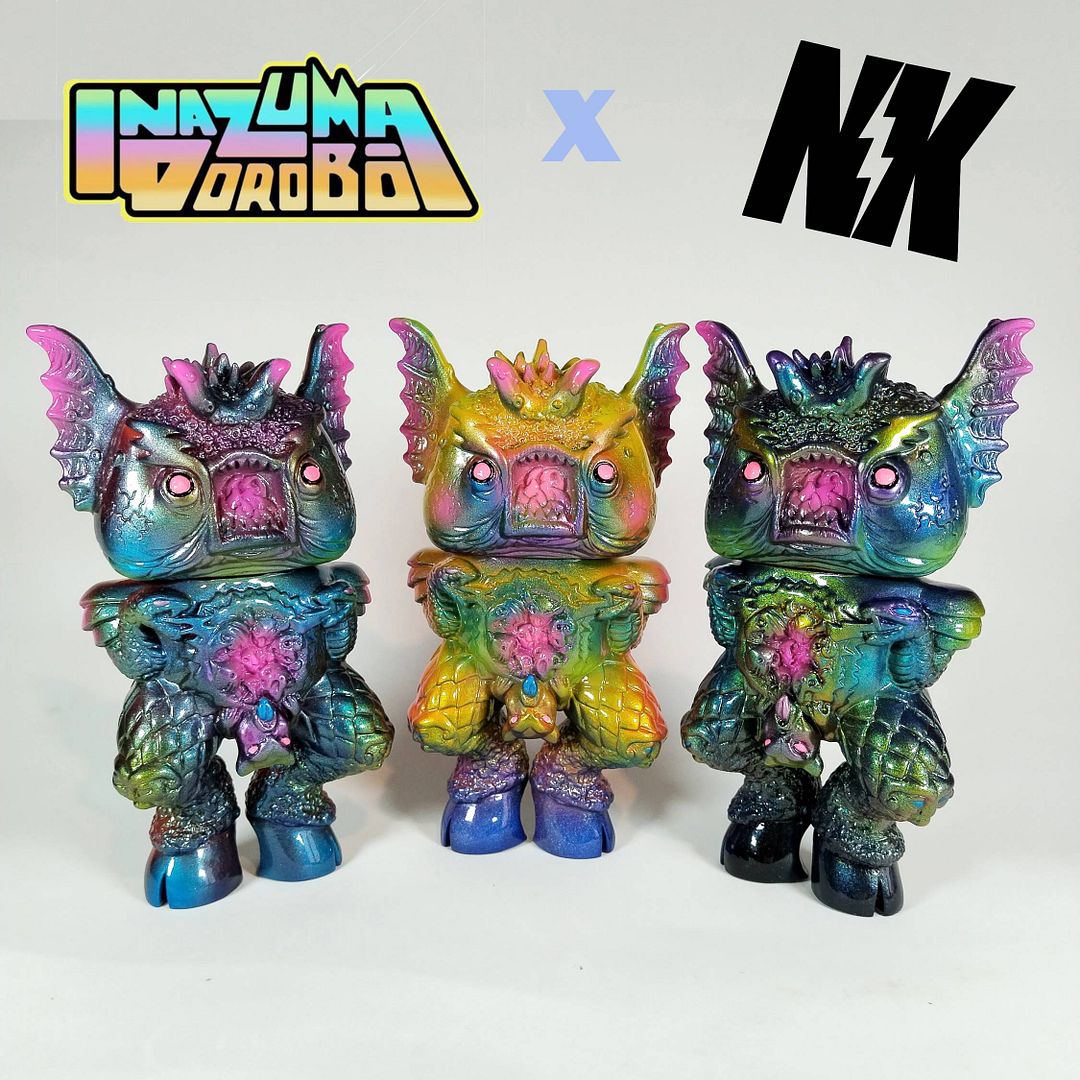


Post Comment
No comments
Post a Comment